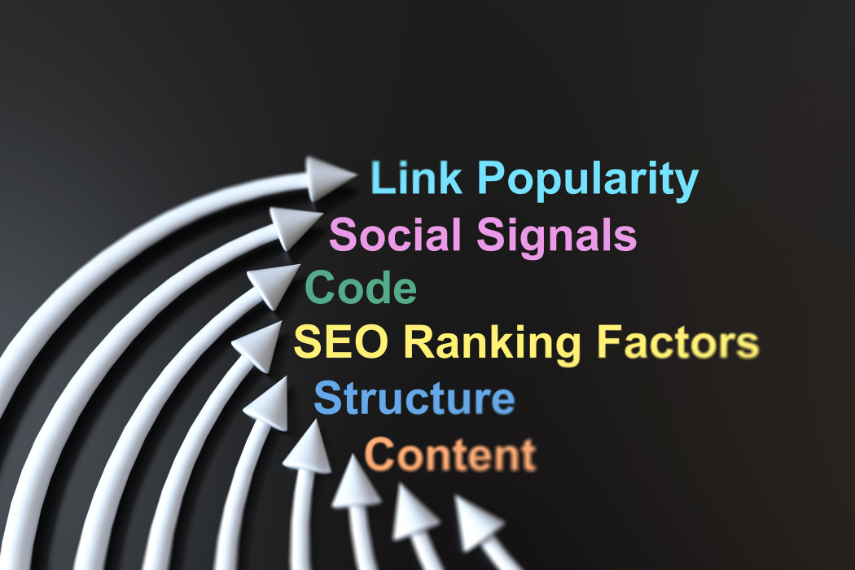
Your SEO ranking can make or break your online visibility. Ranking high on search engines like Google means more traffic, better leads, and higher conversions. But many websites unknowingly make mistakes that negatively impact their SEO performance.
In this blog, we’ll cover the most common SEO errors, how they affect your SEO ranking, and actionable steps to fix them. Whether you’re a blogger, business owner, or digital marketer, understanding these pitfalls is essential for sustainable SEO success.
Why Your SEO Ranking Matters
Search engine optimization (SEO) isn’t just about traffic—it’s about qualified traffic. When your website ranks higher, it’s seen as more trustworthy, relevant, and user-friendly.
Some reasons why your SEO ranking matters:
- Increased visibility: Most users click on top results.
- Higher click-through rates: Top-ranked pages receive the majority of clicks.
- Better ROI: Organic traffic is cost-effective compared to paid ads.
Let’s now explore the common mistakes that could be silently hurting your SEO efforts.
Mistake #1: Ignoring Mobile Optimization
In 2024, mobile-first indexing is standard. If your site isn’t optimized for mobile, your SEO ranking will drop—no matter how great your content is.
Fix:
- Use a responsive design that adapts to all screen sizes.
- Test your site with Google’s Mobile-Friendly Test.
- Avoid intrusive popups on mobile devices.
Mistake #2: Slow Website Speed
A slow-loading website frustrates users and causes high bounce rates—both of which are red flags for Google.
Fix:
- Compress images using tools like TinyPNG.
- Minify CSS, JavaScript, and HTML.
- Use a fast and reliable hosting provider.
Speed up your site and you’ll notice improvements in user experience and SEO ranking.
Mistake #3: Keyword Stuffing
Overusing your target keywords can lead to penalties. Instead of boosting your SEO ranking, it makes content feel unnatural and spammy.
Fix:
- Aim for 1% keyword density.
- Focus on semantic SEO—using related keywords and natural language.
- Always write for humans first, search engines second.
Remember, Google values content that provides genuine value, not keyword-packed fluff.
Mistake #4: Not Using Proper Title Tags and Meta Descriptions
Title tags and meta descriptions are the first impression users get on SERPs. Missing or poorly written metadata can reduce click-through rates, which impacts your SEO ranking.
Fix:
- Include your primary keyword in your title and description.
- Keep titles under 60 characters and meta descriptions under 160.
- Make them engaging and relevant to the search intent.
Tools like Yoast SEO and Rank Math can guide you in optimizing metadata effectively.
Mistake #5: Lack of Quality Content
Thin, outdated, or duplicate content tells Google your site doesn’t offer value, which drags down your SEO ranking.
Fix:
- Conduct a content audit every 6 months.
- Refresh old posts with new statistics and updated information.
- Use original insights, examples, and detailed guides to outperform competitors.
Focus on E-E-A-T (Experience, Expertise, Authoritativeness, and Trustworthiness) in your content strategy.
Mistake #6: Not Optimizing for Local SEO
If you run a local business and ignore local SEO, you’re missing out on a large audience searching for services near them.
Fix:
- Create or claim your Google Business Profile.
- Include location-based keywords in your titles and content.
- Encourage local reviews from customers.
Local optimization can significantly improve your SEO ranking in region-based searches.
Mistake #7: Broken Links and Poor Site Structure
Broken links frustrate users and lead to lower crawlability by search engines, which negatively impacts your SEO ranking.
Fix:
- Use tools like Screaming Frog or Ahrefs to identify broken links.
- Create a clear site structure with siloed content categories.
- Implement proper internal linking strategies to boost authority flow.
A healthy structure improves both SEO and the user journey.
Mistake #8: Not Using Alt Tags for Images
Search engines can’t “see” images—they rely on alt text to understand them. Without descriptive alt tags, your site loses accessibility and SEO potential.
Fix:
- Add alt text to every image, describing its purpose and including keywords when appropriate.
Use descriptive file names before uploading (e.g., seo-ranking-guide.jpg).
This helps improve your chances of ranking in image search results.
Mistake #9: Ignoring Technical SEO
Many technical issues often go unnoticed but significantly affect your SEO ranking. These include crawl errors, duplicate content, and missing XML sitemaps.
Fix:
- Use Google Search Console to monitor and fix crawl issues.
- Ensure you have a robots.txt file and XML sitemap.
- Implement canonical tags to prevent duplicate content problems.
Partnering with a digital agency like Digital Happiness can help audit and optimize your website’s technical foundation.
Mistake #10: No Ongoing SEO Strategy
One-time SEO fixes are not enough. Search algorithms change frequently, and without ongoing optimization, your SEO ranking will eventually fall.
Fix:
- Monitor performance using tools like Google Analytics and Search Console.
- Keep up with Google algorithm updates.
- Develop a monthly SEO calendar for content updates, link-building, and keyword monitoring.
SEO is a long-term investment, not a set-and-forget tactic.
Final Thoughts: Boost Your SEO Ranking the Right Way
Improving your SEO ranking means more visibility, more traffic, and ultimately more conversions. But it requires consistency, awareness, and the right strategy.
By avoiding these common mistakes and implementing the solutions above, you’ll be well on your way to stronger rankings and better online performance.
